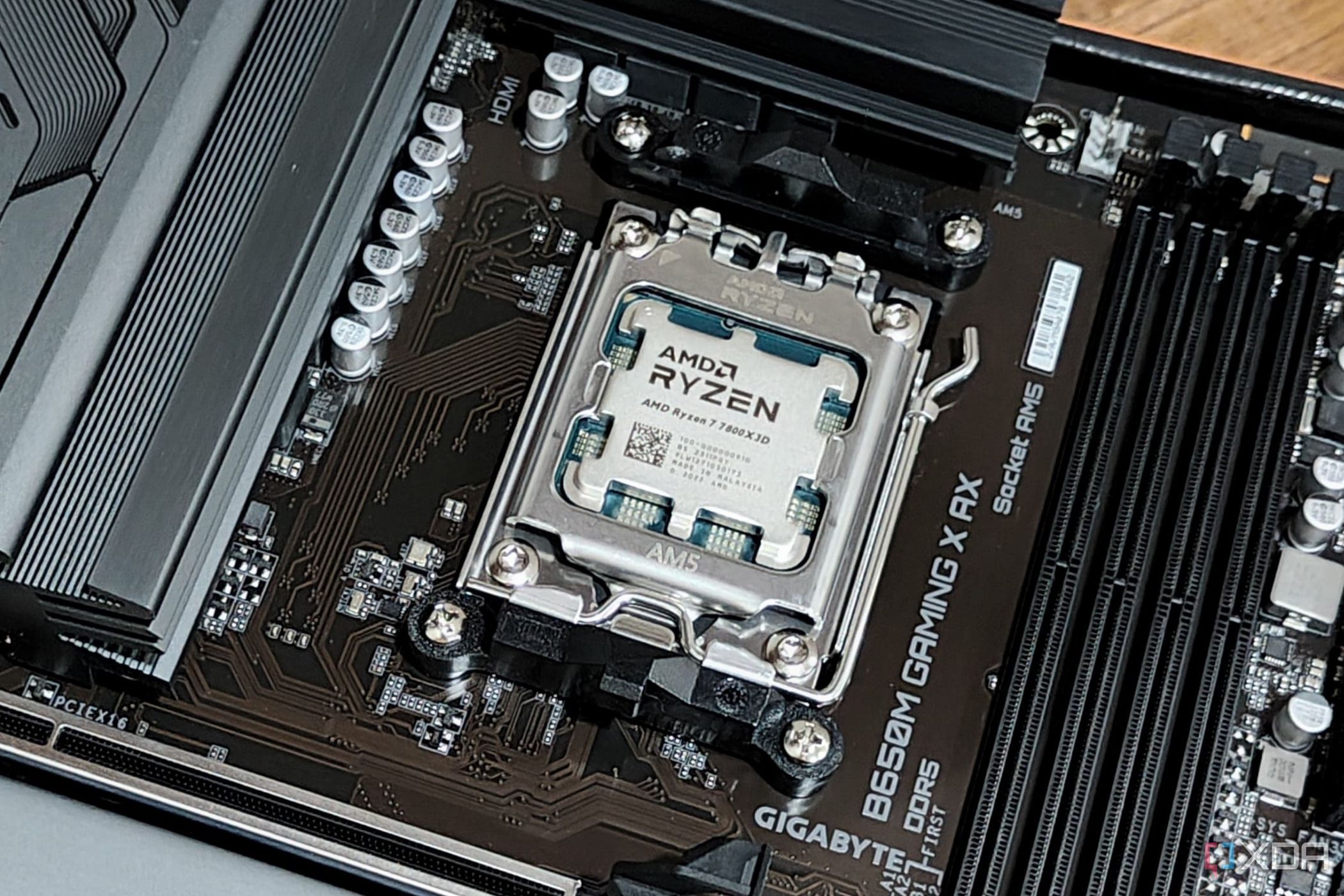Understanding the distinctions between a limited-slip differential and an open differential is crucial for anyone interested in automotive engineering. A limited-slip differential (often referred to as LSD) enhances vehicle traction, particularly in challenging driving conditions. The basic mechanics of how these differentials operate play a significant role in translating the engine’s power into movement.
The Role of Differentials in Vehicle Dynamics
At the heart of any vehicle’s drivetrain is the differential, a system that allows the wheels to turn at different speeds, especially during cornering. This is essential for maintaining control and stability. In both front-wheel-drive and rear-wheel-drive vehicles, the differential is responsible for distributing the engine’s torque to the wheels.
An open differential works by allowing the wheels to rotate independently of each other. This means that if one wheel begins to spin faster than the other—such as when driving on icy or uneven surfaces—the differential will direct more power to the spinning wheel. While this can be beneficial in certain scenarios, it can lead to a loss of traction and control.
In contrast, a limited-slip differential uses a set of gears and clutches to limit the amount of difference in speed between the two wheels. This design allows for better power distribution and traction. When one wheel encounters less grip, the LSD transfers more torque to the wheel with better traction, thus improving overall vehicle performance and stability.
Advantages of Limited-Slip Differentials
The benefits of a limited-slip differential are particularly apparent in various driving conditions. For instance, when navigating sharp turns or driving on slippery surfaces, LSDs provide enhanced grip that can prevent slippage. This is crucial for performance-oriented vehicles or those used in motorsport contexts.
According to automotive experts from iSeeCars, vehicles equipped with limited-slip differentials often achieve better acceleration and cornering capabilities. The design not only optimizes traction but also enhances the driving experience by providing a smooth power transfer during maneuvers.
Additionally, LSDs contribute to overall vehicle safety. By improving traction, they reduce the likelihood of losing control in adverse conditions. This makes them a preferred choice for sports cars and off-road vehicles, where performance and reliability are paramount.
In summary, while both open and limited-slip differentials serve the essential function of power distribution, their operational mechanics and resulting performance characteristics differ significantly. Understanding these differences can aid consumers in making informed decisions when purchasing vehicles tailored to their driving needs.
Whether navigating city streets or tackling off-road trails, the choice between an open differential and a limited-slip differential can greatly influence a vehicle’s handling and responsiveness.







